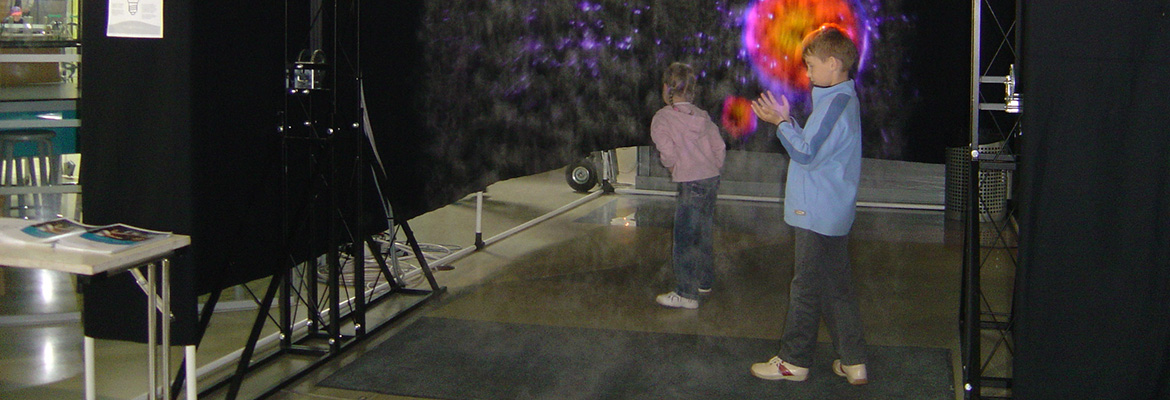Everything you do is saying something to a visitor
But do you like what it says?
Sometimes, it is the NON-interpretive elements of a visitor experience that leave the most lasting impression – and not necessarily a good one. Here are five top obstacles to creating a coherent and compelling visitor experience.
- Barriers: these can be either physical or virtual. Being able to provide universal physical access is the most obvious point here, but there are other aspects: clear directional signage (both to and around your site); intuitive layout of visitor services and facilities; websites which are organised according to the way your audience is likely to look for information (which is not necessarily a mirror of your management structure!)
- Inconsistencies: does your interpretation sell a message of environmental sustainability, but your café sells drinks in polystyrene cups and your shop sells myriad plastic trinkets that are likely to be landfill before the year is out? Are your front-of-housers friendly but security staff surly? All these inconsistencies can detract from your interpretive message.
- Blind spots & Assumptions: Your institution, and those like it, is very familiar to you. You have probably visiting such places for a lot of your life. There are certain norms and expectations which may be so obvious to you that you don’t even see them. Imagine if you’d never been to a National Park or a Museum before (and didn’t know anyone who had) – would you know what was expected of you? Would you feel comfortable or would you feel concerned that as soon as you crossed the threshold you’d break some unwritten code that would immediately flag you as an ‘outsider’? If this seems a bit weird at first, consider how you would feel going to a place where you would be a complete outsider – for instance a place of worship for an unfamiliar religion, or a social activity that is vastly outside your cultural experience– daunting, isn’t it? And that may be how some potential visitors feel about you!
- Misalignment: this includes efforts which are not necessarily wrong, but are aimed at the wrong kind of audience. For an example from another field, consider a friend of mine who recently ordered fluorescent light bulbs from a supposedly ‘environmentally-friendly’ company. Along with her order came: “an unasked-for green bag, two shower timers and a fridge magnet.” Her verdict? Landfill! The company was undoubtedly trying to be mission-consistent, but in the case of my already-converted friend, the preaching was a waste of time and resources. In fact, it ultimately sent her a message which was the exact opposite of that intended.
- Superfluous services: related to misalignment, this is offering benefits or services that your audience neither notices nor particularly values. It’s not a barrier to visitor engagement per se; but it can be to the extent that it diverts valuable time and resources which could be better spent elsewhere.
Have you ever encountered these examples, either in your own institution or as a visitor elsewhere? Are there others that I’ve missed out from this list?
Give me your thoughts, or better yet – come to the workshop!
Posted on


